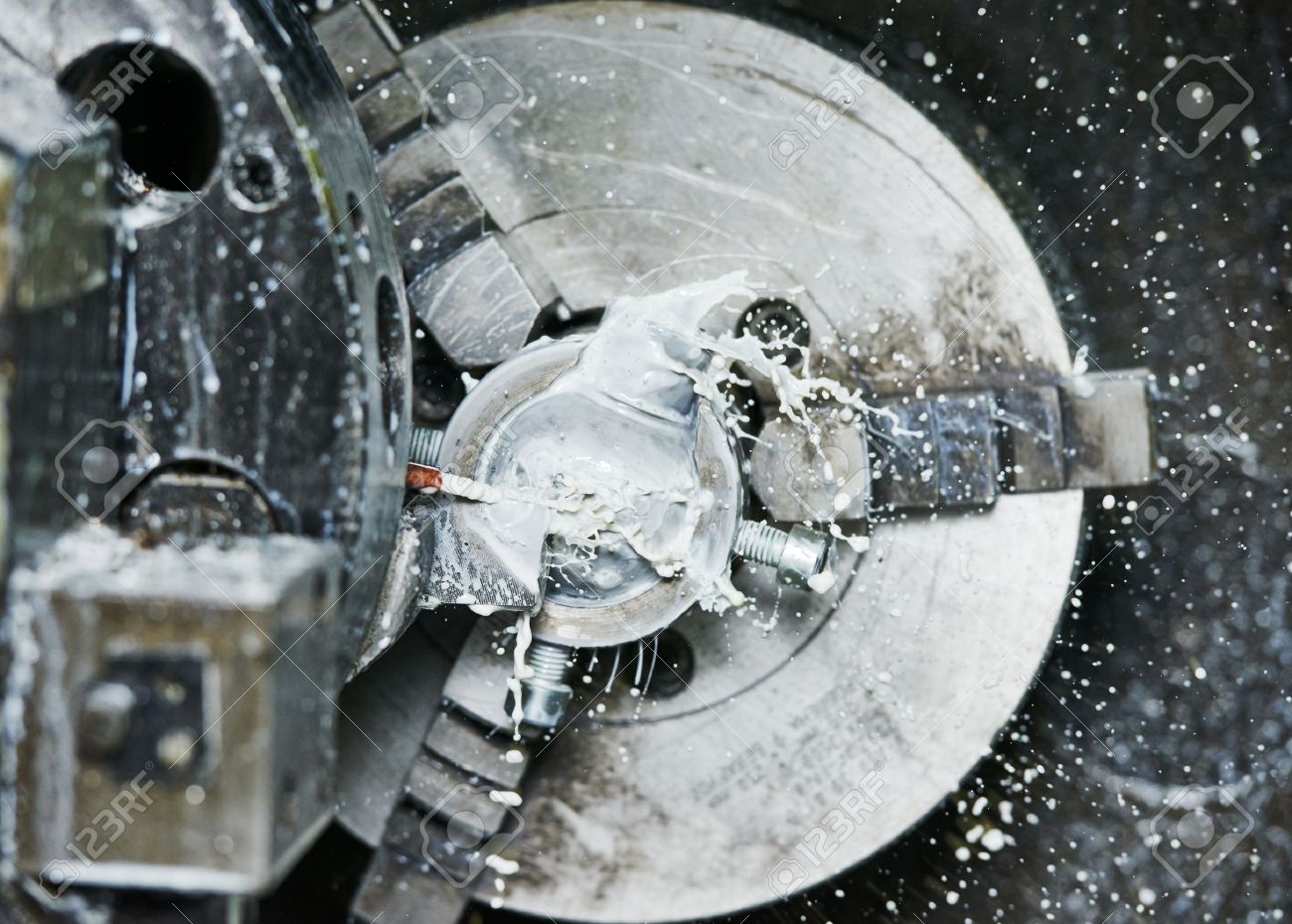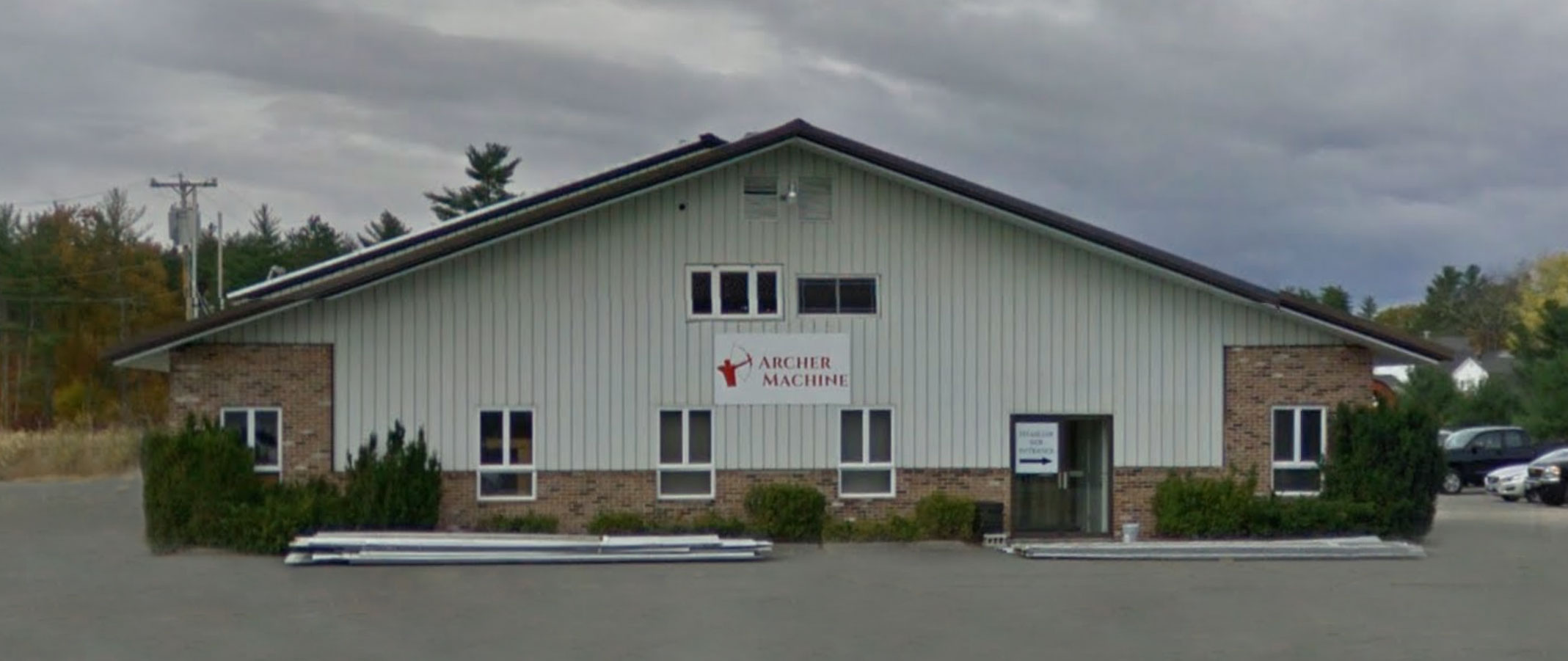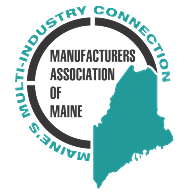CNC Machining Services
The use of Computer Numerical Control (CNC) to operate machines is one of the most significant manufacturing developments in the past century. This computerized process has replaced a number of manual machines in businesses that created parts and components made of both metal and plastic. CNC machines are most common in manufacturing that requires the removal of excess material to form a part, such as milling.
The CNC machines use a specific programming language to operate each machine. This language is devised of numerical inputs that are unique to a specific object, its material, thickness, and shape. These numerical points correspond to feed rate, coordination, location, and speed of the machines' tools. This allows manufacturers to create precise and easily repeatable modifications of a material, such as forming the intense blade on a helicopter.
CNC Machining History
The history of CNC machinery actually begins with the invention of a different piece of technology, the numerical controlled (NC) machine. The first NC machinery functioned by reading a punch card of unique points. Each point corresponded to a number, which in turn told the machines where to cut. Back in the 1940's when this equipment and process was developed, it was revolutionary.
The NC machine was the initial step towards automation, but its inventor John T. Parsons always envisioned that a fully automated process was possible. Parsons turned to a team at MIT to further develop the technology to input specific numbers and generate a specific output. In 1952, the MIT lab created a NC machine that could cut helicopter blades with a precision unmatched by human ability. However, there were significant cost, time, and reliability issues with this NC machinery.
It wasn't until 1956, when an engineer was able to produce the punch tape needed to run a NC machine through a computerized process that some of these issues were alleviated. Most importantly, the computerized process could cut production time from over eight hours to under 15 minutes. Then in 1957 at Wright-Patterson Air Force Base in Dayton, Ohio military engineers, still looking at the production of helicopter blades, created the first fully computerized NC machine, and CNC machinery became a reality.
The next big development was analog processing in the 1960's, which removed any need for the punch cards that initial fed the numbers to a machine. Later, even this process was improved through digitization.
CNC Machining Applications
Today, CNC machining can be utilized by an impressive number of manufacturers, big and small, and could increase efficiency for any business that relies on repetitive movements and tasks for a lengthy amount of time. It can modify both metals and plastics. If this seems like a broad description of how CNC machining is utilized in the real world, it is. The process can be applied in most manufacturing environments. Speed of integration into business models is the biggest limiting factor for this technology.
CNC machining services can be used to modify a wide range of materials. The programming can complete tasks that include cutting, milling, drilling, and routing by tools such as lathes, mills, routers, and grinders. This allows CNC machining to be utilized in the automotive industry to create gears and other uniform parts, for the fabrication of metals and creation of alloys, and in the manufacturing of electronic components and parts.
CNC Machining Benefits
In the past few years, the proliferation of CNC machining has made a huge difference for manufacturers. There are substantial benefits when a company switches from manual operation of milling, drilling, and routing by an engineer to implement CNC machining. These engineers were highly trained and excellent at their jobs, but the switch to computer-controlled machines adds productivity, speed, and efficiency, while removing the need for prototypes and extensive training.
It is possible for CNC machinery to run 24 hours a day, seven days a week. This continuous production of parts and components is unmatched by human ability. Even running shifts of engineers or other operators, cannot match the smooth and uninterrupted work of CNC machinery. The only time these machines need to be turned off is for occasional and scheduled maintenance.
Mass production began with the assembly line of Henry Ford, but CNC machinery brought the ability to mass-produce into the world of single components and parts. CNC machinery services can cut the same component, in the exact same way, hundreds and thousands of times. There will be no differential between the first part that is produced by a CNC machine and the 2,000th.
As well, improvement of CNC machinery is easy. When new technology is available, it does not require an entire overhaul and retraining of personnel. Manufacturers can simply modify or replace the current programming, and the CNC machinery will respond to the new input. There is also very little differential in the coding, which means once an engineer or operator knows the programming language, it can be utilized for various machines and parts.
Overall, the implementation of CNC machinery better fits modern industry. The older manual machines are built for thinking and pace of a different world. Today's workers and employers have very little desire or ability to master manual machinery, particularly for the production of these precise and detailed components.
Materials Used for CNC Machining
CNC machinery services can work with a variety of materials. Often the materials arrive in block or roughly cut pieces. The CNC machinery will then cut, drill, mill, or otherwise manipulate those materials into a recognizable and uniform part or component. The most common materials manipulated through CNC machinery are metals and plastics.
CNC machinery can cut a number of metals; it mostly depends on the specific machine and its intended application. Everything from brass, copper, steel, and titanium are manipulated by CNC machinery. However, metals are far from the only materials manufacturers want to shape or modify. CNC machinery is also used to manufacture wood, fiberglass, foam, and plastic parts.
If you are looking to increase production at your manufacturing site or facility through CNC machinery services, it is essential to team up with a knowledgeable partner. Archer Machine is a reliable source of CNC machinery services, including parts, replacements. Our business focuses on CNC machinery services for precision machined parts that we know can improve your own business. For more information, call us at (207) 637-3396 or contact us by email at Mike@ArcherMachine.com.


